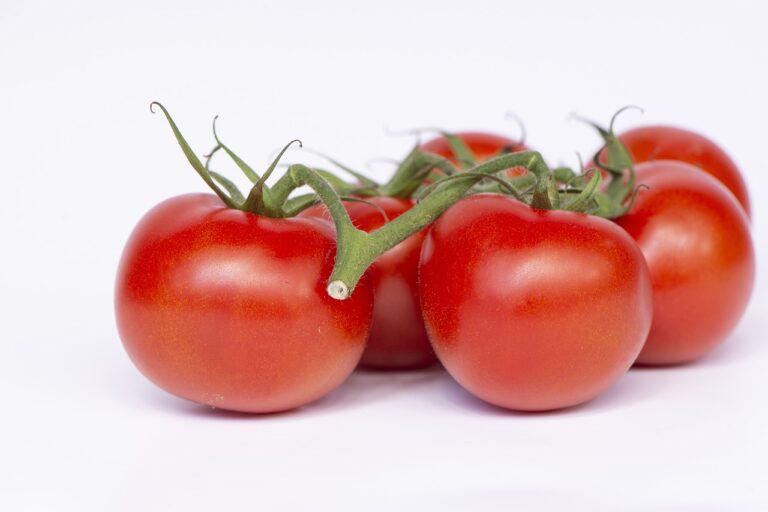The Art of Food Fermentation: Creating Flavorful and Nutritious Probiotics
Fermentation, as a method of food preservation, has a long and varied history across different cultures. Dating back thousands of years, it is believed that ancient civilizations like the Babylonians, Egyptians, and Greeks practiced fermentation to prolong the shelf life of foods such as fruits, vegetables, and dairy products. In Asia, the process of fermenting foods like soybeans, cabbage, and rice has been a common practice for centuries, leading to the creation of popular dishes like miso, kimchi, and sake.
As trade routes expanded and explorers traveled the globe, fermentation techniques spread to new regions, influencing local cuisines and culinary traditions. In Europe, fermentation played a crucial role in the production of staples like bread, cheese, and beer, while in Africa, fermented foods like injera and ogi became dietary staples. The evolution of food fermentation has been a testament to human ingenuity and resourcefulness, showcasing the creativity and adaptability of different societies in utilizing this natural process for nourishment and sustenance.
The Science Behind Fermentation
Fermentation is a natural process that occurs when microorganisms, such as bacteria, yeast, and molds, break down sugars in food. These microorganisms convert sugars into other compounds like alcohol and organic acids, resulting in the characteristic tangy or sour flavors of fermented foods.
One key element in the science of fermentation is the role of different microorganisms in producing specific types of fermented foods. For example, the bacteria Lactobacillus is commonly used in fermenting dairy products like yogurt and kefir, while Saccharomyces cerevisiae yeast is essential for brewing beer and making bread rise. These microorganisms play a crucial role in determining the final taste, texture, and nutritional profile of fermented foods.
Health Benefits of Fermented Foods
Fermented foods have long been praised for their numerous health benefits. These foods are packed with beneficial probiotics, which are live bacteria that support the health of the gut microbiome. By consuming fermented foods regularly, you can help promote a healthy balance of gut bacteria, which is essential for overall digestive health.
Additionally, fermented foods are known to enhance the bioavailability of nutrients in the foods you consume. Through the fermentation process, certain nutrients become more readily absorbed by the body, making them more effective in supporting various bodily functions. This increased nutrient absorption can contribute to improved overall health and well-being.
What is food fermentation?
Food fermentation is a process where microorganisms such as bacteria, yeast, or molds convert carbohydrates into alcohol or organic acids.
What are some examples of fermented foods?
Some examples of fermented foods include yogurt, sauerkraut, kimchi, kefir, kombucha, and miso.
How does fermentation impact the nutritional content of foods?
Fermentation can increase the bioavailability of certain nutrients, such as vitamins and minerals, making them easier for the body to absorb.
Can fermented foods help improve gut health?
Yes, fermented foods contain probiotics which are beneficial bacteria that can help promote a healthy balance of gut flora.
Are there any potential risks associated with consuming fermented foods?
While fermented foods are generally safe to consume, individuals with compromised immune systems or certain medical conditions should consult with a healthcare provider before adding them to their diet.
What are some tips for incorporating more fermented foods into your diet?
You can incorporate fermented foods into your diet by adding them to salads, soups, smoothies, or enjoying them as a side dish with your meals. Experiment with different types of fermented foods to find ones that you enjoy.







